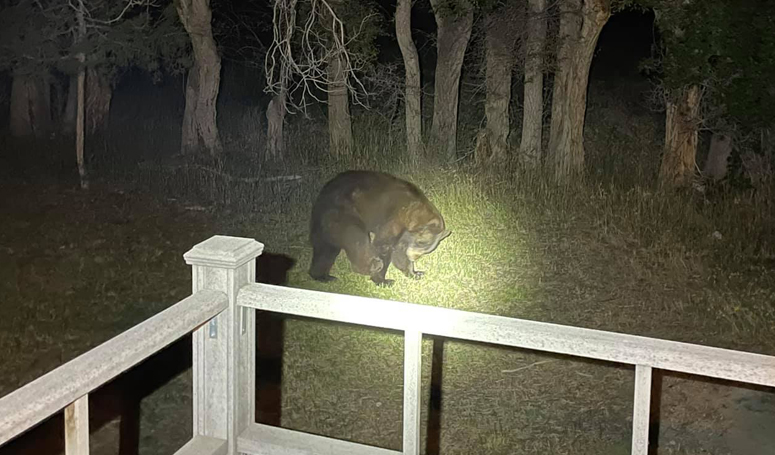Bear sightings and conflicts were down 28 percent statewide in 2021 compared with the previous two years—and much of the activity could be traced to the driest parts of Colorado.
Bears rely on grasses, berries, fruits, nuts and plants for their diet, all of which are dependent on moisture.
Colorado Parks and Wildlife manager Adrian Archuleta said that on the eastern side of the Continental Divide—which experienced plenty of moisture during the winter spring and early summer—bear reports were down nearly 40 percent. The southwest part of the state saw a 51 percent decrease in bear reports.
The northwest corner of Colorado, which has suffered from extreme drought, told a different story. The 1,834 bear reports filed from the northwest in 2021 was 192 more than in 2020.
Bears trying to access trash is the leading cause of conflict while other reasons include birdfeeders, livestock and open garages.
CPW says Colorado sports between 17,000 and 20,000 bears, a population that is stable and growing.





